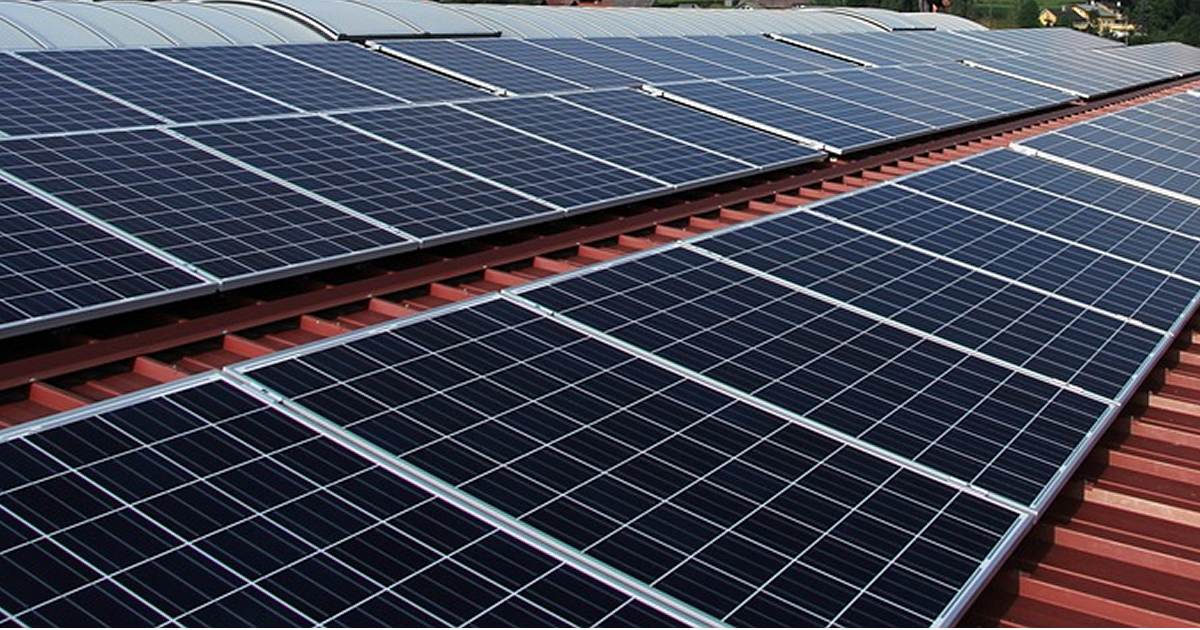
It won’t be long before the window of opportunity on a generous incentive for installing commercial solar closes. Small businesses should be talking to their accountants right now.
The benefits of commercial solar systems large and small are only becoming more apparent, particularly with power prices skyrocketing and likely to go higher for many small businesses in Australia very soon. Even prior to recent electricity price rises, it wasn’t uncommon for simple payback on commercial solar systems to be achieved within 5 years in situations where businesses operate primarily during daylight hours.
In addition to energy bill savings, having a system installed can be a flag to customers and partners that a business is doing its bit towards emissions reduction. Winners all round.
Commercial Solar Incentives
For small scale systems; i.e., those under 100kW capacity, Australia’s “solar rebate” comes into play as it is available to businesses. While commonly called a rebate, this actually provides an up-front discount on a system purchase – and in the case of commercial solar, it can be huge.
Just as an example, a 99kW system installed in Perth, Adelaide, Brisbane or Sydney would attract a subsidy of around $40,000. Even a “small” system of 30kW capacity gets around $12,000 in support. 30kW is not the lower limit. It can be any size below 99kW to be eligible for the subsidy; even 6.6kW and 10kW solar systems.
But wait, there’s more – although not for much longer.
Tax Incentive Ending Soon
Tax-wise, solar systems are depreciating assets with an effective life of 20 years. But in the 2020 Budget, the Federal Government announced eligible businesses could fully expense eligible items (including solar power systems) in the year the asset was first used or *installed ready for use*.
This initiative was set to end on 30 June 2022, but was subsequently extended for a full year until 30 June 2023.
For a business to be eligible, it must have an aggregated turnover of less than $5 billion or be a corporate tax entity that meets the alternative income test. In other words, all Australian small-to-medium enterprises (SMEs) would be eligible.
While there’s still a bit over 3 months to get a system installed, time flies – particularly in business – and a few ducks will need to be lined up. Very importantly, this includes first consulting an accountant/tax agent before taking further steps1. Assuming a bean-counter’s blessing is received, the next step will be organising quotes from reputable solar installers (and SQ can certainly help there) who will advise on the best system for your needs and circumstances.
Remember, it won’t be enough to have just signed a sales contract on a solar power system by June 30. The system will need to be installed and ready for use by that date. Good installers may very hard to find if left too late, and that time is very rapidly approaching.
Footnotes
- Consult a professional. Don’t take my word for it as I’m not a qualified tax-talkin’ dude. ↩

 RSS - Posts
RSS - Posts



Speak Your Mind